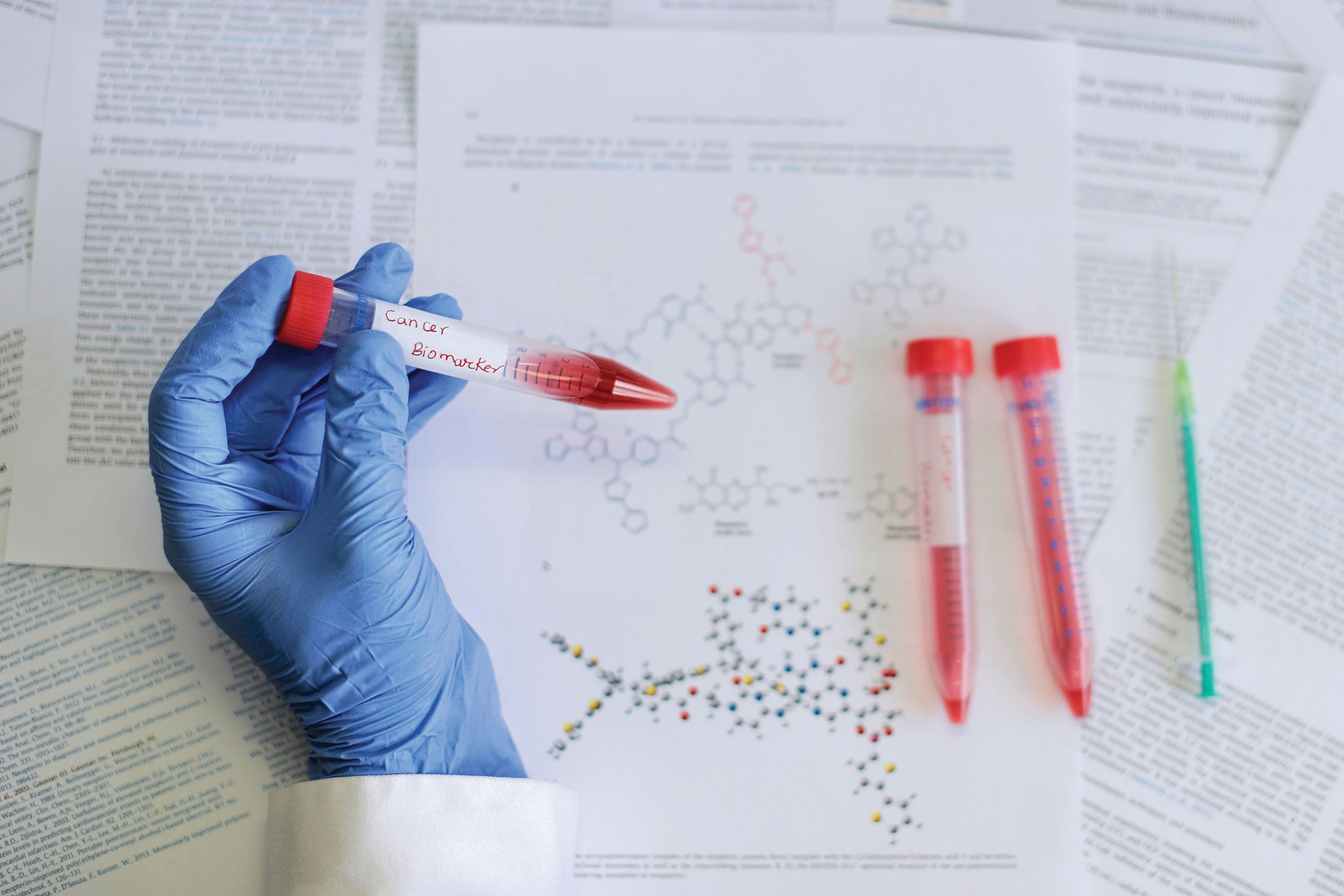
UNT faculty and students are conducting cancer-fighting research, from finding a new protein in one of the deadliest types of breast cancer to pioneering the field of African evolutionary history.
Here is a look at their work:
Ron Mittler, professor of biological sciences and researcher in UNT's BioDiscovery Institute,
one of the university's Institutes of Research Excellence, is part of a team from
two countries and several universities that has made major discoveries. The team connected
a single protein to some of the most lethal types of breast cancer. The team manipulated
the protein in the lab by creating a mutated form so when it was present in the cancer
cells, it stops further development of the tumors. Pioglitazone, a drug used to treat
diabetes, partially mimics the same mutation. The team is currently conducting clinical
trials for women with cancer
Learn more
Chemistry professor G. Andrés Cisneros and doctoral student researchers Alice Walker and Pavel Silvestrov have discovered and characterized a novel genetic mutation associated with prostate cancer in African American men. The three have worked together for several years, beginning when Cisneros was at Wayne State University in Michigan. When he left for UNT, Walker and Silvestrov were so inspired by Cisneros and immersed in the research that they followed him to UNT.
Francis D'Souza, University Distinguished Research Professor of chemistry, is collaborating on a chemical sensor device that could detect cancer in its early stages, giving patients their best opportunity for recovery. The chemosensor is a polymer thin film that detects molecules of neopterin, a chemical compound found in human body fluids. Its increased presence often indicates a medical problem. The polymer is being created at UNT while other research is being conducted in Warsaw using a grant from the National Science Centre in Poland.
Biostatistics professor Xuexia 'Helen' Wang has studied young cancer patients' health records at several hospitals and the Children's Oncology Group to determine whether certain genes are behind later health problems connected to chemotherapy and radiation. She and her assistant Jianjun Zhang developed a model that can predict the risk of subsequent central nervous system tumors in survivors of childhood cancer. Wang collaborates with Smita Bhatia, the Gay and Bew White Endowed Chair in Pediatric Oncology at the University of Alabama at Birmingham. Their seven-year research project, Mitigating Long-term Treatment Related Morbidity in Childhood Cancer Survivors, received a 10, the highest impact score given by the National Cancer Institute in the National Institutes of Health. The project received more than $3 million and will be funded as part of an Outstanding Investigator Award.
History professor Constance Hilliard has pioneered the field of African evolutionary history, which explores the intersection of genetic adaptations and ecological environments. She uncovered the link between an ethnic-specific genetic variant and black Americans' unusually high susceptibility to a certain class of cancers. Those cancers, known for their aggressiveness, are metastatic prostate cancer, triple negative breast cancer, ovarian cancer and colorectal cancer. She will present her research findings at the April meeting of the American Association for Cancer Research in Chicago.